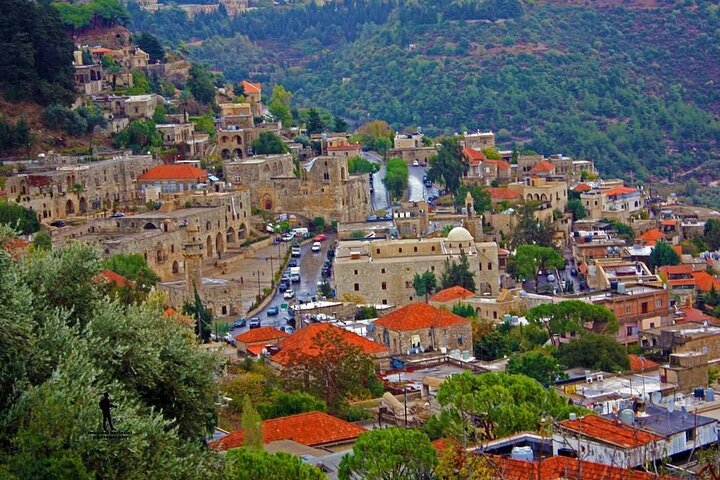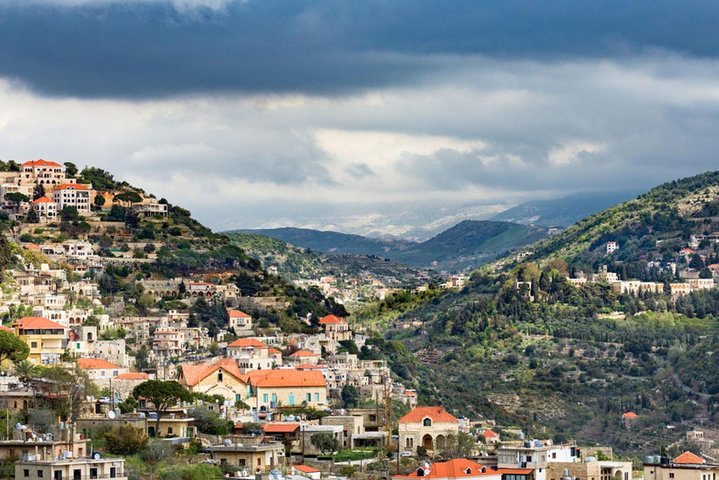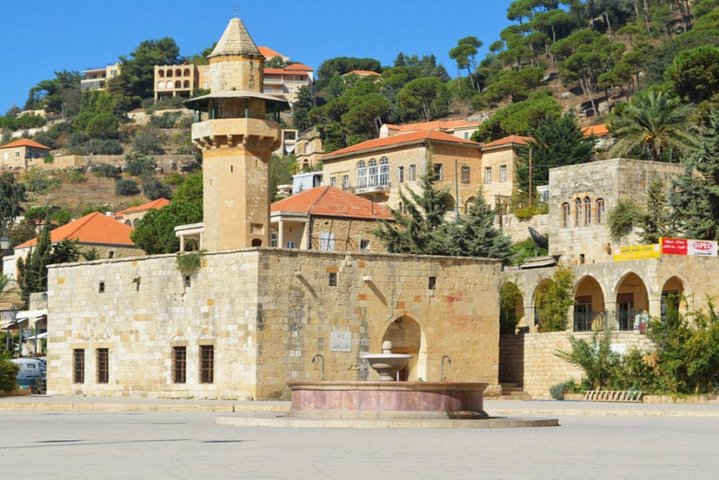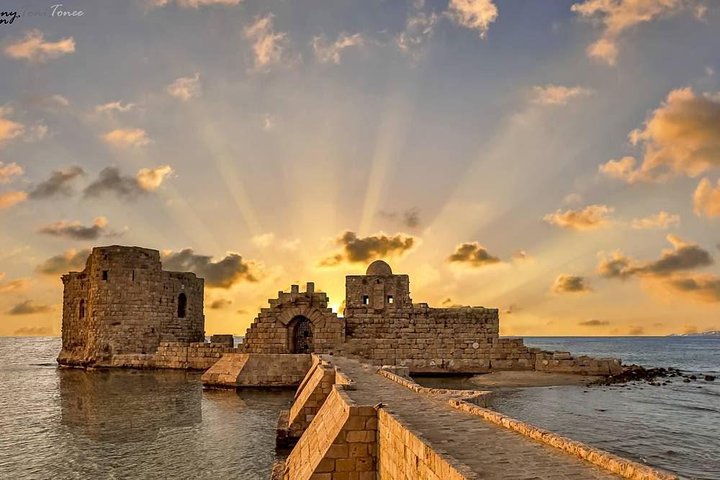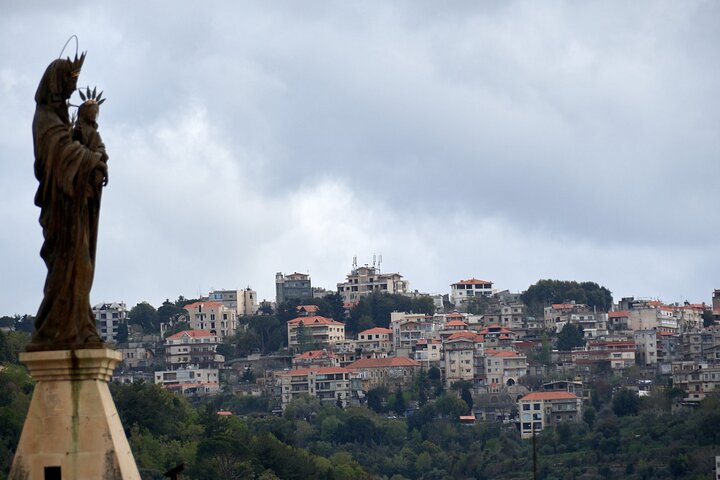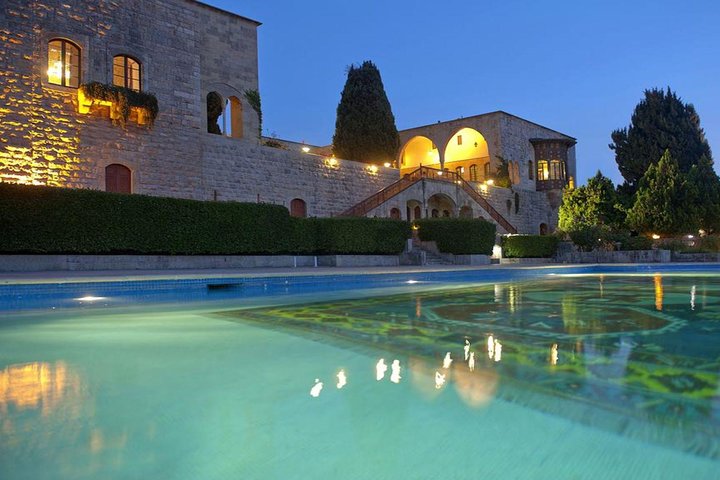A Spiritual Journey Through Lebanon’s Historical Gems
Embark on a spiritual journey through Lebanon’s rich history with a visit to Beitddine Palace, Moussa Castle, and the village of Deir Elkamar. Discover the stories and legacies that have shaped this remarkable land.
A Journey Through Time: Beitddine Palace
As I embarked on the full-day tour to Beitddine Palace, I was filled with anticipation. The palace, known as the ‘House of Faith,’ is a testament to Lebanon’s rich history and cultural tapestry. Built by Emir Bashir Chehab II between 1788 and 1818, the palace has witnessed the ebb and flow of empires and the resilience of a nation. Walking through its grand halls, I felt a profound connection to the past, as if the walls themselves whispered stories of bygone eras.
The palace’s architecture is a harmonious blend of Italian and Arab styles, a reflection of the diverse influences that have shaped Lebanon. As I wandered through the courtyards and gardens, I marveled at the intricate mosaics and ornate woodwork. Each detail seemed to tell a story, a narrative of faith, power, and artistry. The palace also serves as the president’s summer residence, a reminder of its enduring significance in Lebanon’s political landscape.
The Beitddine Festival, held annually within the palace grounds, is a celebration of art and culture, drawing visitors from around the world. Though I visited outside of festival season, the spirit of creativity and expression lingered in the air, a testament to the palace’s role as a cultural beacon.
The Enigmatic Moussa Castle
Our journey continued to Moussa Castle, a site that embodies the power of dreams and determination. Built by Moussa Al Maamari, the castle is a labor of love, a manifestation of a young boy’s dream to impress the girl he loved. As I explored the castle, I was struck by the passion and dedication etched into every stone.
Moussa’s story is one of perseverance and vision, a reminder that our dreams can shape our reality. The castle’s walls are adorned with carvings and sculptures, each piece a reflection of Moussa’s beliefs and ideals. As I stood atop the hill, gazing at the surrounding landscape, I felt a sense of awe at the beauty and resilience of the human spirit.
The castle is more than just a structure; it is a testament to the power of imagination and the enduring legacy of one man’s dream. It serves as an inspiration to all who visit, a reminder that with determination and faith, anything is possible.
Deir Elkamar: A Tapestry of Faith and History
Our final stop was the picturesque village of Deir Elkamar, a place where history and faith intertwine. Known as the “Monastery of the Moon,” the village is a mosaic of religious and cultural heritage. As I strolled through its cobblestone streets, I was captivated by the blend of architectural styles, a testament to the coexistence of diverse faiths.
The village is home to Fakhreddine’s Mosque, the oldest mosque in Mount Lebanon, and the Saydet El Talle Church, a site steeped in legend and spirituality. Each site offers a glimpse into the rich tapestry of Lebanon’s religious history, a narrative of coexistence and harmony.
Deir Elkamar’s history is marked by resilience and renewal. Destroyed during the civil war of 1860, the village was rebuilt with the help of a French contingent, a testament to the enduring spirit of its people. As I reflected on the village’s past, I was reminded of the power of faith and community in overcoming adversity.
This journey through Beitddine Palace, Moussa Castle, and Deir Elkamar was more than just a tour; it was a pilgrimage of the soul. Each site offered a unique perspective on Lebanon’s rich history and cultural heritage, a reminder of the enduring power of faith and the human spirit. I left with a renewed sense of connection to the past and a deeper appreciation for the beauty and resilience of this remarkable land.








